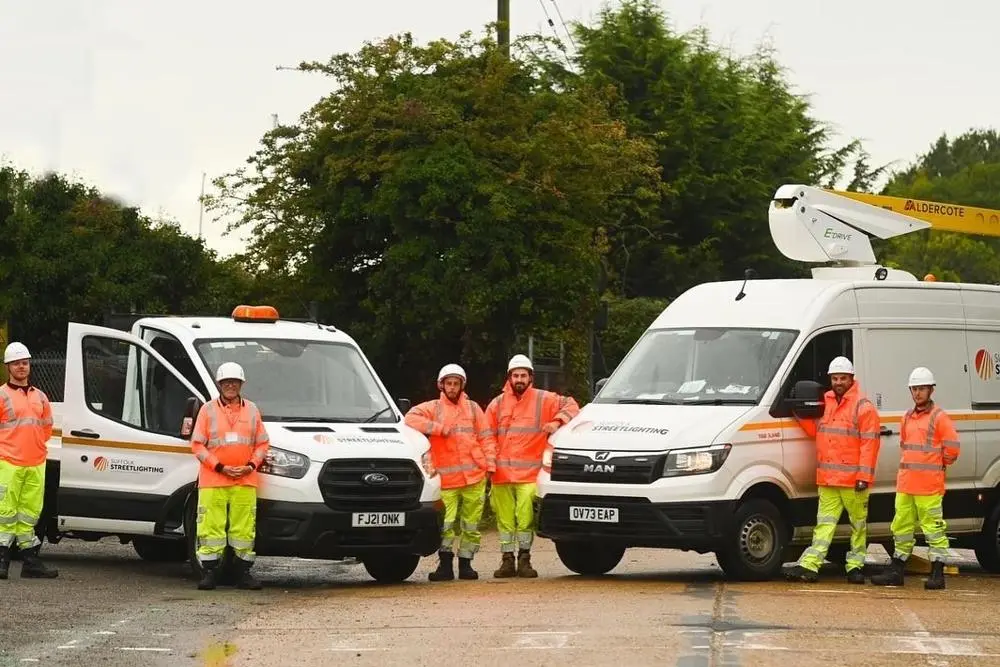You can report a highways issue such as a pothole quickly and easily online.
- Report a child at risk of harm, abuse or neglect (safeguarding)
- Report a highways issue
- Report abuse of an adult (safeguarding)
- Report a faulty street light
- Report a pothole
- Report a public right of way issue
- Report a blocked drain
- Report an issue to Trading Standards
- Report a flood in Suffolk
- Report the death of a Blue Badge holder
- Report a tree or hedge affecting the highway
- Report debris, weeds or mud on the road
- Report a traffic light or signal problem
- Report an obscured, missing or damaged sign
- Report a problem with a manhole cover
- Road traffic collision data and developer reports
- Report a faulty lit sign or bollard
- Report an incident with a heavy goods vehicle
- Report missing or faded road markings
- Report a problem with a bridge or highway structure
- Report fraud
- Report a traffic sign defect
- Report a grass cutting problem
- Report a problem with barriers or guardrails
- Report a damaged fire hydrant
- Report a pavement defect
- Apply for a school place
- Apply for a free travel bus pass or travel vouchers
- Apply for free school meals
- Apply or re-apply for a Blue Badge
- Housing related support
- Apply for a birth certificate
- Apply and pay for a new dropped kerb/ vehicle access
- Apply for a marriage or civil partnership certificate
- Apply for a new or request renewal of an existing advisory disabled parking bay
- Apply for planning permission
- Apply for a temporary road closure or restriction
- Apply for a death certificate
- Apply for a chaperone licence
- Apply to close a road for an event
- Apply to replace a lost or stolen Blue Badge
- Apply for a child performance licence
- Venue licences for marriages and civil partnerships
- Apply for a body of persons licence
- Apply for permission to film in Suffolk
- Apply for a safer home visit
- Apply to move abnormal loads
- Apply to carry out works which could affect a structure on a highway
- Apply for a child employment permit
- Apply for a No Cold Calling Zone (NCCZ)
- Apply to speak at a public meeting
- Apply for directional signing for a tourist destination in Suffolk
- Apply for consent for works affecting ordinary watercourses
- Apply for a definitive map modification order (DMMO)
- Apply for new or renewal of existing access protection markings (white 'H' markings)



